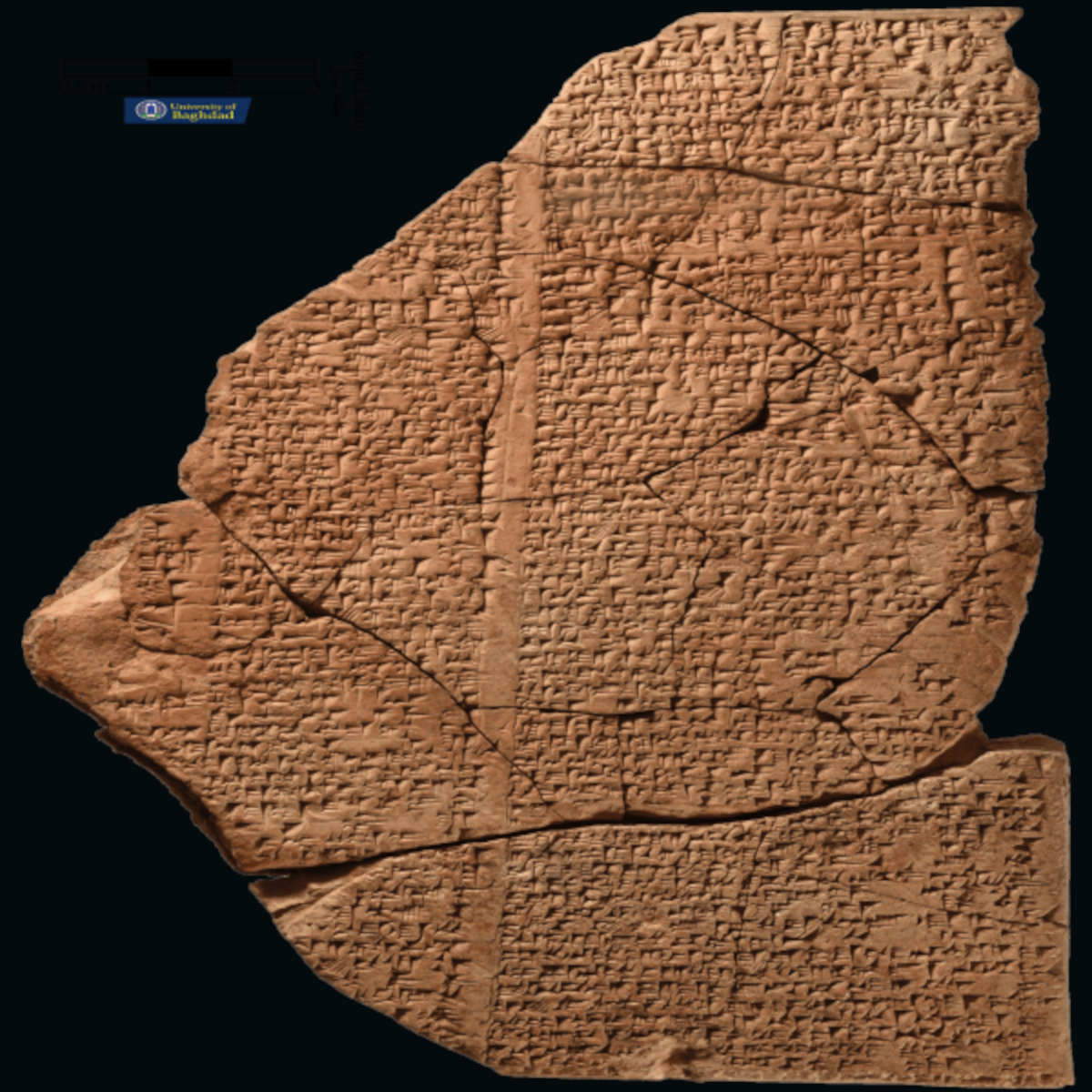An important discovery in Germany, at the Ludwig-Maximilians-Universität (LMU ) in Munich, where a scholar, Professor Enrique Jiménez, professor of Ancient Near Eastern Literature at LMU’s Institute of Assyriology, has rediscovered a text thought to be lost and has managed to decipher its contents, discovering that it is a hymn describing Babylon. “It is a fascinating hymn that describes Babylon in all its majesty and offers insights into the lives of its inhabitants, men and women,” Jiménez says. And the discovery was also made possible byartificial intelligence.
Meanwhile, a background premise. Babylon was founded in Mesopotamia around 2000 B.C.: it was for a long time the largest city in the world, a cultural metropolis where works were written that are now part of the world’s literary heritage. Babylonian texts were composed in cuneiform script on clay tablets, only fragments of which have survived. LMU has long collaborated withBaghdad University with the goal of deciphering hundreds of cuneiform tablets from the famous Sippar Library and preserving them for posterity. Legend has it that Noah hid them here from the flood waters before boarding the ark.

Through the “Electronic Babylonian Literature” project, an online platform launched in 2018 by LMU specifically to study and translate Babylonian literature, Enrique Jiménez is digitizing all the cuneiform text fragments discovered to date around the world, also using artificial intelligence to decipher the fragments that make them up. “Thanks to our platform, supported by artificial intelligence, we were able to identify an additional 30 manuscripts that belong to the rediscovered hymn, a process that in the past would have taken decades,” Jiménez said. It was thanks to these additional texts that scholars were able to completely decipher the hymn from on the clay tablet, parts of which were missing.
The hymn now offers new insights into Babylonian urban society. Meanwhile, the numerous copies found of the hymn suggest that the text was widespread at the time. “The hymn was copied by children at school. It is unusual that such a popular text at that time was unknown to us before now,” Jiménez says. The peana supposedly dates to the beginning of the first millennium B.C. and includes 250 verses.
“It was written by a Babylonian who wanted to praise his city. The author describes the city’s buildings, but also how the waters of the Euphrates bring spring and green the fields. This is all the more spectacular since surviving Mesopotamian literature is stingy with descriptions of natural phenomena,” the scholar notes. Information about the women of Babylon, their role as priestesses and associated tasks also amazed experts, as there were no known texts describing these aspects previously. In addition, the hymns offer insights into living together in urban society. For example, the inhabitants are described as respectful toward foreigners.
Here, here are some verses from the hymn, describing the Euphrates River, on whose banks Babylon stood at that time:
"The Euphrates is its river, founded by the wise lord Nudimmud.
It dissects the prairie, saturates the reeds,
pours its waters into the lagoon and the sea,
its fields sprout with grasses and flowers,
its meadows, in dazzling bloom, sprout barley,
from which, harvested, sheaves are stacked,
herds and flocks lie on verdant pastures,
wealth and splendor, that which befits mankind,
are bestowed, multiplied and bestowed royally."
 |
| An ancient Babylonian hymn has been discovered in Germany thanks to artificial intelligence |
Warning: the translation into English of the original Italian article was created using automatic tools. We undertake to review all articles, but we do not guarantee the total absence of inaccuracies in the translation due to the program. You can find the original by clicking on the ITA button. If you find any mistake,please contact us.